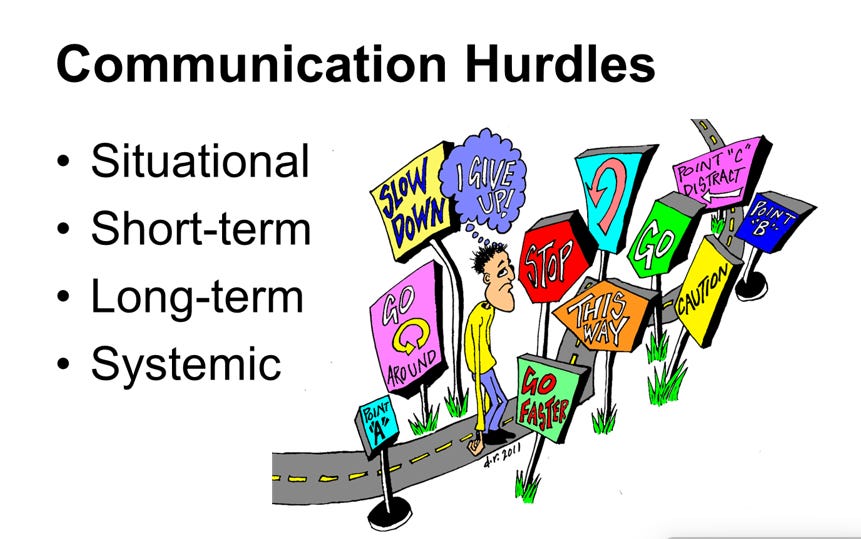What you can learn from The Foundations and Processes of Clear Communication
Improve all your communication
I will be sharing summaries from "The Foundations and Processes of Clear Communication" to entice you to buy the book on Lulu.
Chapter 1 provides an expert overview of the importance, definitions, and history of plain language as the foundation for accessible writing and effective communication.
What Is Plain Language?
Plain language is communication crafted to match the needs of the intended audience, ensuring they can easily find, understand, and use information. The International Plain Language Federation defines plain language as material that enables readers to "easily find what they need, understand what they find, and use that information". Its purpose is to make crucial information accessible to as many people as possible, respecting democratic rights to education and information.
The Goal: Accessibility
Plain language’s primary goal is accessibility—making written materials readable and usable by the broadest possible group, regardless of their skills or background. Editor Iva Cheung’s model highlights four levels of accessibility: discovery, acquisition, use, and comprehension. Writers must consider not just reading skill, but whether readers can act on and retain information effectively.
Barriers: Complexity and Unnecessary Complication
The chapter distinguishes between complexity (which may be necessary) and unnecessary complication, which obscures meaning and makes information harder to process. Complexity should be managed and clarified by the writer, not imposed on the reader. Unneeded complexity wastes effort and reduces understanding, while language that is needlessly complicated diminishes accessibility and effectiveness.
Four Writing Approaches
I have outlined a spectrum of writing styles:
Expert-focused writing: Assumes high reader background, with hidden or overt complexity.
Standard English: Managed complexity for readers with moderate skills.
Plain or clear language: Uses common vocabulary and clear structure; minimal inferences are required of the reader.
Easy English: For very low-literacy audiences; extremely simple, direct, and inference-free.
Plain Language as a Variable
Plain language has gradations—it's not just about being simple. Richard Coe’s framework suggests three approaches: "better than nothing" (text-based, active voice, simpler vocabulary), "better" (reader analysis, testing), and "best" (collaborative, negotiated writing with readers).
Historical Perspective and Plain Language Organizations
The chapter traces the evolution of plain language and related fields like editing, technical writing, information design, and usability, showing their merging practices and standards over time. International associations like Plain Canada Clair, Plain Language Association International, and the International Plain Language Federation advocate for clearer public communication worldwide, emphasizing democratic values and the public’s right to understand laws, health information, and government messaging.
Legibility vs. Readability
Legibility refers to the design and typography—how well text is presented and perceived, while readability is about the clarity and structure of the language itself. Both are essential, but readability focuses on the user’s ability to understand and act on content, not just how it looks.
The Rhetorical Approach
Writers should begin with three considerations: Who is the reader? What’s the purpose? What’s the context? This approach underpins every decision in crafting plain language materials, ensuring writing is always informed by the audience’s needs and the situational use of information.
Why Is Plain Language Essential?
Plain language is not just desirable—it’s essential for democracy, inclusion, and effective communication. The majority of people need clear materials; without them, information is inaccessible, rights are hidden, and understanding is lost. Plain language fosters understanding, retention, and positive actions, strengthening participation in society.
Chapter 1 introduces why plain language is a professional, social, and ethical imperative for all writers, editors, and communicators aiming to reach and empower broad audiences.



This book provides lots of ammunition to help persuade govts, regulators, businesses, professionals, and so many others of the power of plain language (& the positive return on investment).